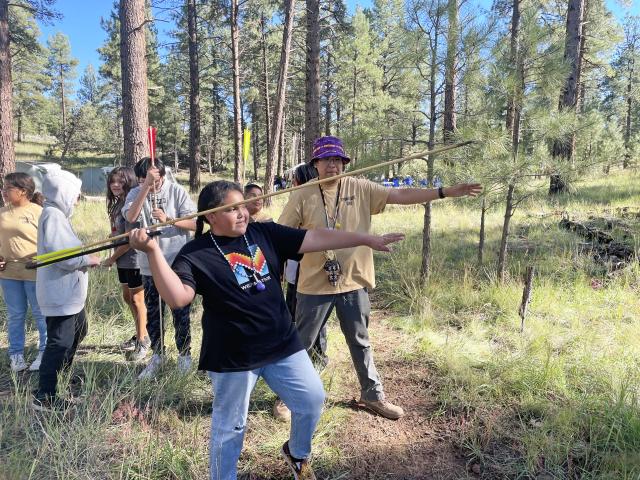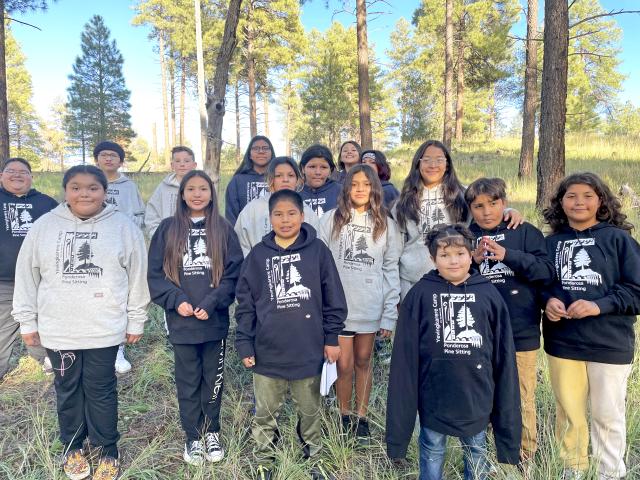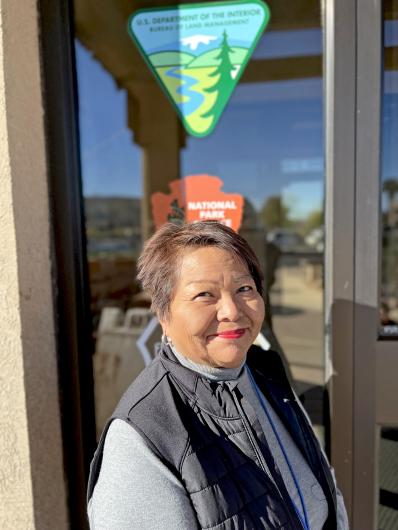Related Content
Related Stories
- Lake Havasu Fisheries Improvement Program is the gift that keeps giving
- Lake Havasu Fisheries Improvement Program: Thirty years of stewardship, science, and community
- Agua Fria National Monument: A desert oasis with a rich history and a vital present
- When the awards don't matter
- Virtual adventures await: Discover six BLM public lands you can tour from anywhere
Office
4001 East Aviator Drive
St. George, UT 84790
United States
Phone:
Email:



